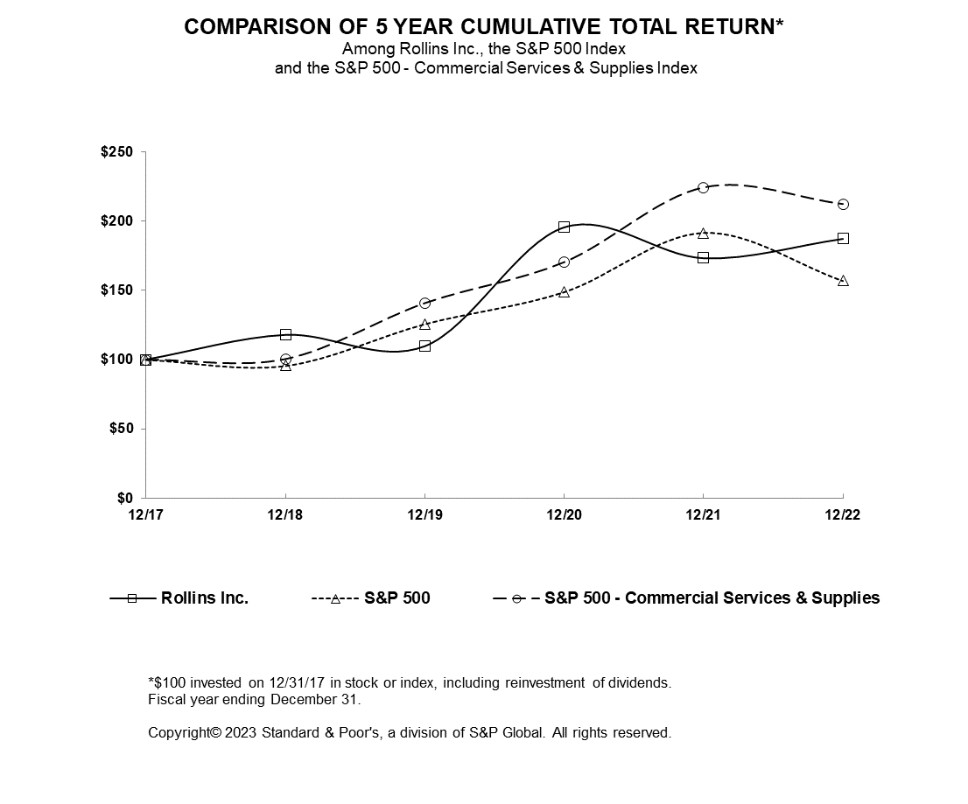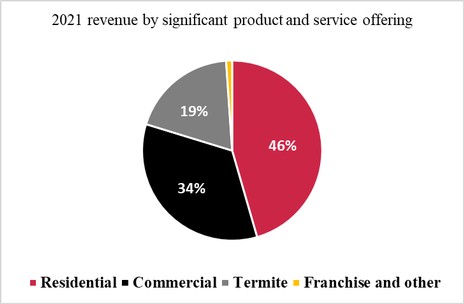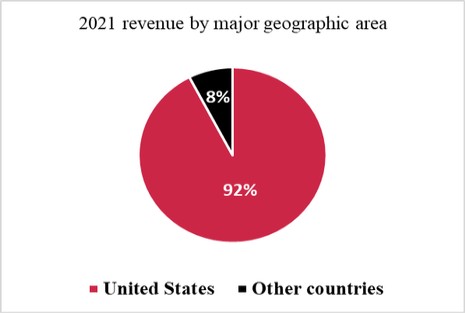state, provincial and local environmental and public health agencies. These regulations may also apply to our third-party suppliers. Penalties for noncompliance with these laws may include criminal sanctions or civil remedies, including, but not limited to, cancellation of licenses, fines, and other corrective actions, which could negatively affect our business, financial condition, results of operations or reputation. In addition, in recent years, a number of new laws and regulations have been adopted, there has been expanded enforcement of certain existing laws and regulations by federal, state and local agencies, and the interpretation of certain laws and regulations have become increasingly complex. Noncompliance with, changes in, expanded enforcement of, or adoption of new federal, state or local laws and regulations governing hazardous waste disposal and other environmental matters, could result in operational changes and increased costs that might significantly impact our business, financial condition or reputation.
New or proposed regulation regarding climate change, could have uncertain impacts on our business, financial condition and reputation.
Climate change has been the subject of increased focus by various governmental authorities and regulators around the world. In particular, the US is considering the enactment of legislative and regulatory proposals that would impose requirements on greenhouse gas emissions. Such laws, if enacted, are likely to impact our business in a number of ways. For example, we use gasoline and electricity in conducting our operations. Increased government regulations to limit carbon dioxide and other greenhouse gas emissions may result in increased compliance costs and legislation or regulation affecting energy inputs, which could materially affect our profitability. Further the SEC has proposed rule amendments that would implement a framework for reporting of climate-related risks and create new climate-related disclosure obligations for all registrants, including us. Compliance with any new or more stringent laws or requirements, or stricter interpretations of existing laws, could require additional expenditures by us or our suppliers. Our inability to appropriately respond to such changes could adversely impact our business, financial condition, results of operations or cash flows. We cannot predict how the proposed rules, if finalized, or any future legislation or regulations pertaining to climate change, will ultimately affect our business, financial condition including results of operations and cash flows, or reputation.
We are from time to time subject to lawsuits, investigations and other proceedings which could have a material adverse effect on our business, financial condition and results of operations.
In the normal course of business, we are involved in various claims, contractual disputes, investigations, arbitrations and litigation, including claims that our acts, omissions, services or vehicles caused damage or injury, claims that our services did not achieve the desired results, claims related to acquisitions, allegations by federal, state or local authorities, including the Securities and Exchange Commission, of violations of regulations or statutes, claims related to wage and hour law violations and claims related to environmental matters. These claims, proceedings or litigation, either alone or in the aggregate, could have a material adverse effect on our business, financial condition, results of operations, and cash flows.
Additionally, our business is significantly affected by and subject to regulation by various federal, state, provincial, regional and local governments in the countries in which we operate, including, but not limited to, environmental laws, antitrust laws, consumer protection laws, employment laws, including wage and hour laws, payroll taxes and anti-discrimination laws, immigration, human health and safety laws and other regulations relating to the pest control industry. We are unable to predict whether such laws will, in the future, materially affect our operations and financial condition.
Risks Related to our Capital and Ownership Structure
A control group that includes members of Company’s Board of Directors and management has a majority ownership interest; public stockholders may have no effective voice in the Company’s management.
The Company has elected the “Controlled Company” exemption under Section 303A of the New York Stock Exchange (“NYSE”) Listed Company Manual. The Company is a “Controlled Company” because a group that includes the Company’s Executive Chairman of the Board, Gary W. Rollins, Board member, Pam Rollins, and certain persons acting as a group with them (the “Controlling Group”), controls in excess of fifty percent of the Company’s voting power. As a “Controlled Company,” the Company need not comply with certain NYSE rules, including, without limitation, the requirements that the Company have a majority of independent directors, and an independent compensation and nominating committee of the Board.
The Controlling Group holds directly, or through indirect beneficial ownership, in the aggregate, approximately 51 percent of the Company’s outstanding shares of common stock as of December 31, 2022. As a result, these persons will effectively control the




